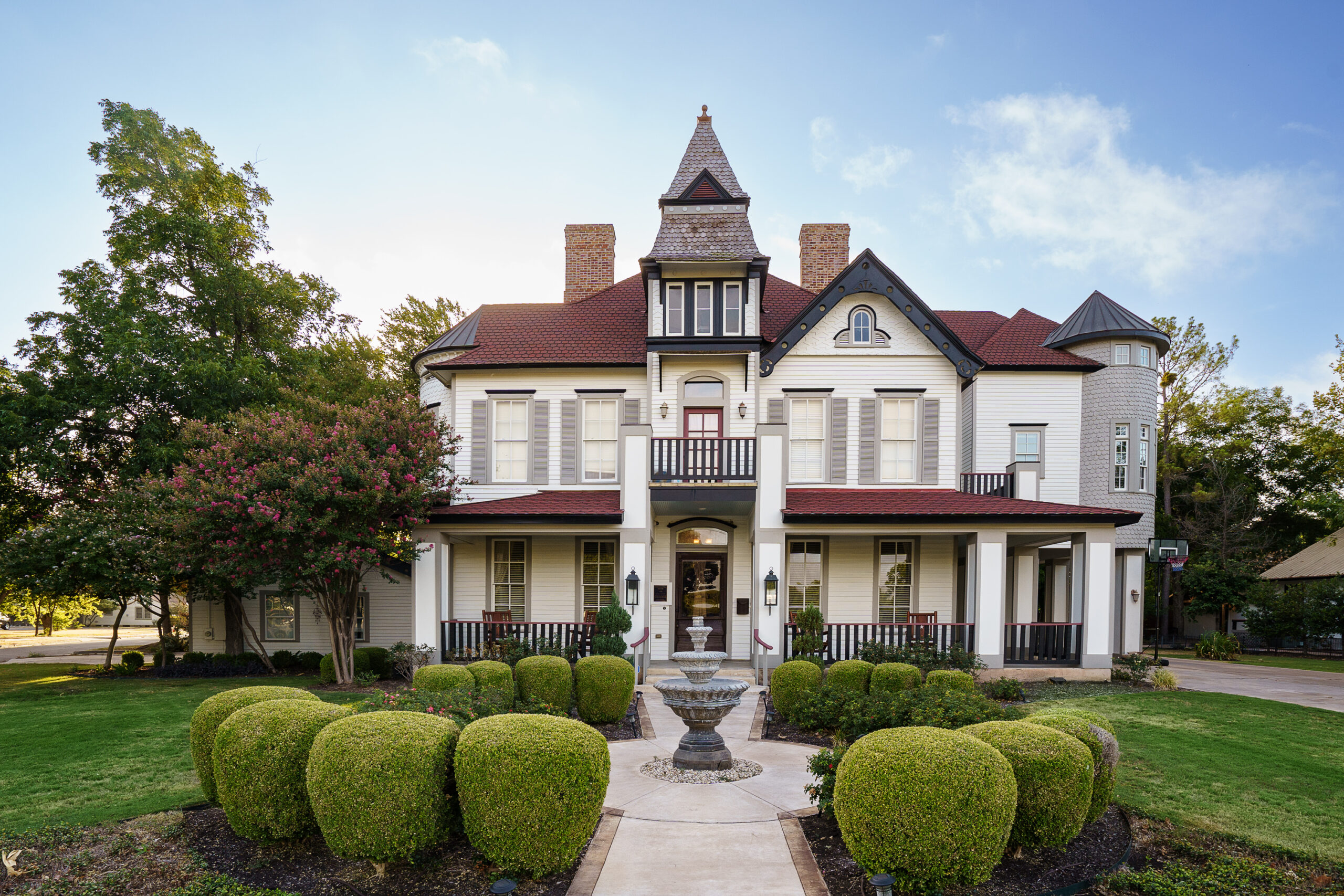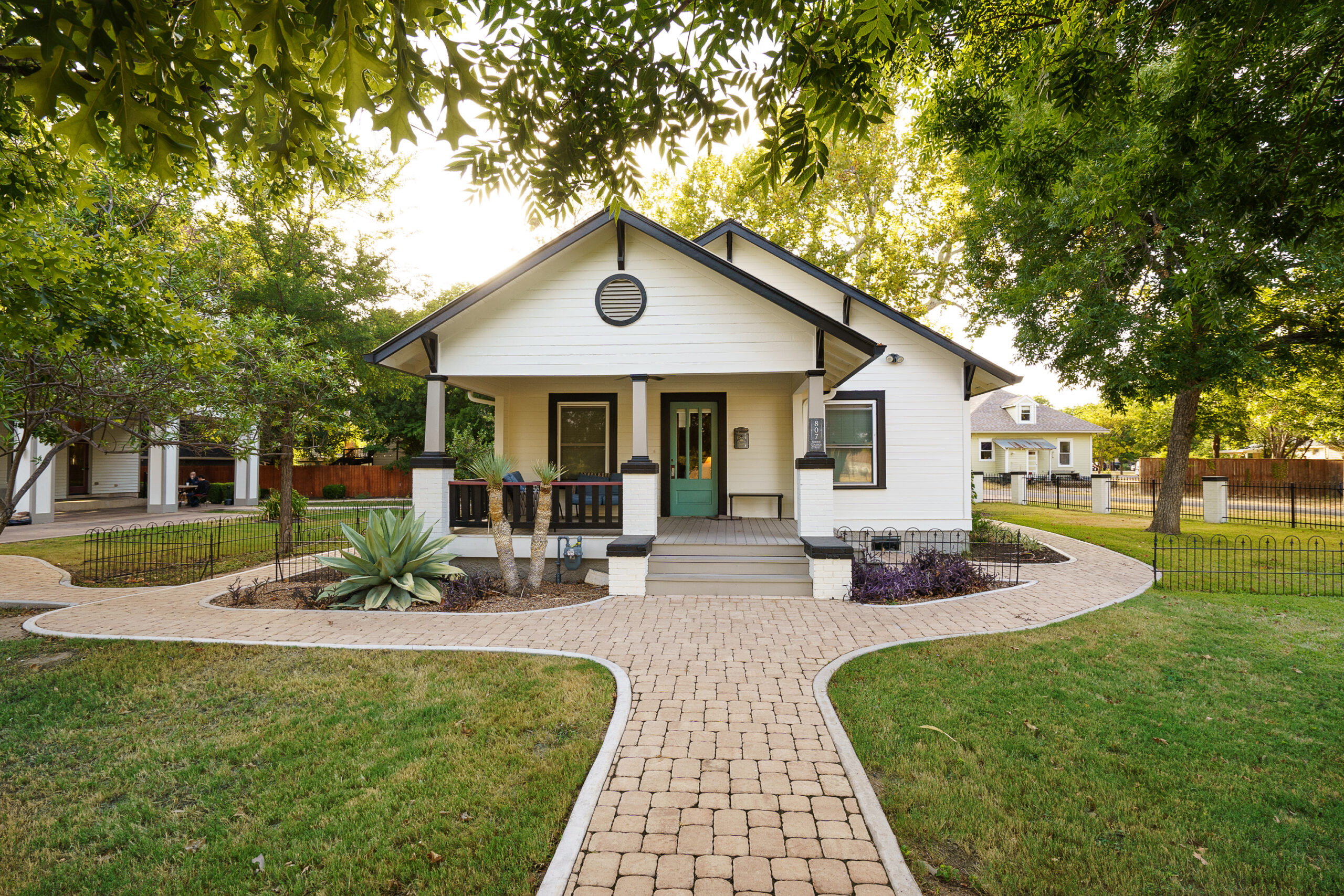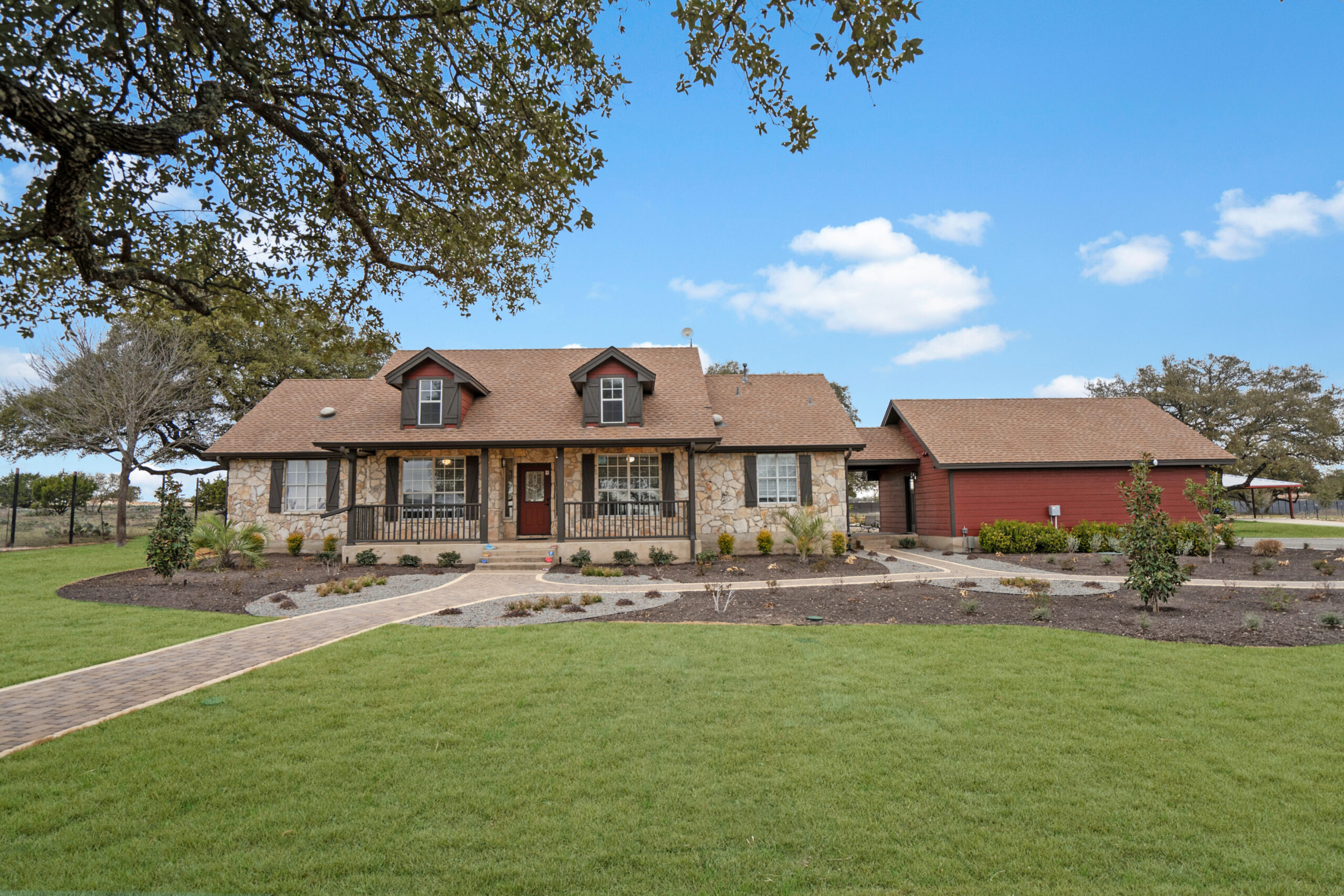Autism and bipolar disorder may share similar symptoms and genetic components, but they’re two distinct mental conditions. People with autism are, however, at risk of developing bipolar disorder, and someone with bipolar disorder can be diagnosed with autism as well. Understanding the distinctions between ASD and bipolar disorder can allow you to receive a clear diagnosis and put you on the right path to treatment.
Can’t tell if you sit on the Autism Spectrum or suffer from Bipolar Disorder – Call Alta Loma Transformational Services, near Austin, Texas, today and learn about our treatment options – (866) 457-3843
What Is Autism?
Autism is a developmental brain disorder, not a mental illness, and has many different subtypes, including:
- Asperger’s syndrome
- Rett syndrome
- Kanner’s syndrome
- Pervasive developmental disorder
- Childhood disintegrative disorder
People with autism can experience differences with regards to speech, nonverbal communication, repetitive behaviors and fixation on special interests. Autism occurs as a result of a mix of genetic and environmental factors, and people diagnosed with the condition can display a wide range of strengths and difficulties.
Autistic Traits
The way someone with autism learns, problem-solves and thinks is distinct from the general population, and there’s a ton of variation among autistic children and adults. Some people face severe developmental impairment and require a lot of help and support, while others might display extraordinary skills or be able to live completely independently. Frequently co-occurring issues include:
- Extreme sensory sensitivity
- Difficulty maintaining eye contact
- Gastrointestinal disorders
- Sleep disorders
- Mood disorders
- Anxiety
- Depression
- Differences in attentiveness
Often, signs of autism are evident by age 3, although many people (especially girls) go undiagnosed until adulthood, and others get a diagnosis as young as 18 months. Early intervention tends to lead to better outcomes in later life.
What Is Bipolar Disorder?
Bipolar is a mood disorder that causes mood swings between extreme low energy and high energy. Manic symptoms include:
- Impulsivity
- Increased energy
- Agitation
- Excitement
- Delusions of grandeur
Depressive episodes include:
- Feelings of worthlessness
- Low self-esteem
- Suicidal ideation
- Lack of energy
Psychotic symptoms might also occur, which can include hallucinations, where you see things that aren’t there, and delusions when you believe things that aren’t real. Usually, symptoms first occur in young adults, often before age 20, but rarely onset happens after age 40. Diagnosing mental illness can be challenging because there are currently no blood tests or scans that can help. As such, many people might get diagnosed with depression or a personality disorder before getting a final diagnosis.
Mental Illness vs Brain Disorder
Like autism, risk factors for bipolar disorder include a mixture of genes and environment, but a key difference is that bipolar is a mental health condition, while autism isn’t. The main difference between these two types of disorder is that mental illness doesn’t usually impair cognitive abilities, while developmental issues can — both positively and negatively.
Shared Symptoms of Bipolar Disorder and Autism
While both conditions vary from person to person, there are some symptoms that occur in both autism and bipolar disorders, such as:
- Sleep disturbances
- Finding comfort in repetitive behaviors
- Impulsivity
- Being easily distracted
- Rapid and loud speech with few breaths
- Aggression
The Link Between Bipolar Disorder and Autism
Even though bipolar disorder and autism are two separate diagnoses, they do tend to co-occur somewhat frequently. A study titled “Overlap Between Autism Spectrum Disorder and Bipolar Affective Disorder,” published in the journal Psychopathology estimated that 7% of people with autism have bipolar disorder, a threefold increase over the rate that bipolar disorder typically occurs in average populations.
Another study found that, in one sample, 30% of youth with bipolar disorder type I also had an autism diagnosis. Some of the overlapping symptoms of bipolar disorder and autism are disturbed sleep, hyperactivity, irritability and impulsivity. These similarities can make it difficult to tell the difference between autism and bipolar disorder.
Gene Expression Patterns
The overlap between autism and bipolar occurs at the genetic level, with specific activation in a set of star-shaped brain cells known as astrocytes. What’s more, synapses are impacted by both disorders, as well as by schizophrenia. In autism, it’s thought that there are too many synapses, while there are not enough in autism.
Synapses and astrocytes are partially responsible for communication between neurons, in addition to helping mitochondria generate energy for all the cells in the body. The result is believed to be a dampening of the expression of genes that causes synapses to signal one another. This doesn’t mean bipolar and autism are the same condition, but it means their genetic cause (which makes up around 50% of the risk factors) shares similarities.
How to Distinguish Between Bipolar Disorder and Autism
While bipolar disorder and autism can both be passed down genetically, twin studies have shown that it’s possible for one twin to inherit one of these mental conditions while the other doesn’t. Bipolar episodes can occur because of an environmental trigger like a stressful event. Autism, on the other hand, doesn’t require a trigger for symptoms to appear.
People with autism typically won’t experience sudden and severe changes in mood for no reason. While people with autism may feel depressed, autism doesn’t cause depression or suicidal thoughts like bipolar disorder can.
Additionally, people with autism are likely to have difficulties with speech, social situations and sensory challenges. These are not challenges people with bipolar disorder experience. People with autism also use “stimming” to calm themselves down, such as rocking back and forth, which is not something people with bipolar disorder do.
Differences in Diagnostic Criteria
A difference we’ve already covered in the age of onset, with autism usually getting spotted earlier than bipolar. Some high-functioning individuals with autism might not get a diagnosis until they’re adults or teenagers. Like bipolar, there are no biological markers for doctors to diagnose the disorder, so it’s observed through a range of tests and questionnaires.
When a doctor suspects bipolar disorder, they might first perform a range of physical tests to rule out thyroid issues or other hormonal imbalances that might cause mood swings. At least one episode of mania must be present for a diagnosis of bipolar I.
Differences in Treatment
Autism can be treated with therapy to enhance social skills and treat behavioral difficulties. While there are no specific medications for those with autism, anti-anxiety medications are sometimes recommended. People with bipolar disorder take specific mood stabilizers to reduce their symptoms and can participate in cognitive behavioral therapy to help manage their diagnosis.
Receiving a proper diagnosis for bipolar disorder or autism is key to successful treatment. Keep in mind that two conditions are commonly seen co-occurring alongside one another, so it’s possible to have both.
When to Seek Proper Treatment
If you’re worried that you or a loved one might have one of these disorders, consult a medical professional as soon as possible. If possible, seek a specialist in one or both areas, as they are both easily misdiagnosed and misunderstood. When preparing for your appointment, pay attention to the following considerations:
- Are sensory issues present, such as problems with bright lights or loud noises?
- Was there a delay in the onset of speech?
- Has suicidal ideation been an issue?
- Are cycles of low mood and high mood present?
- How long have symptoms been present?






